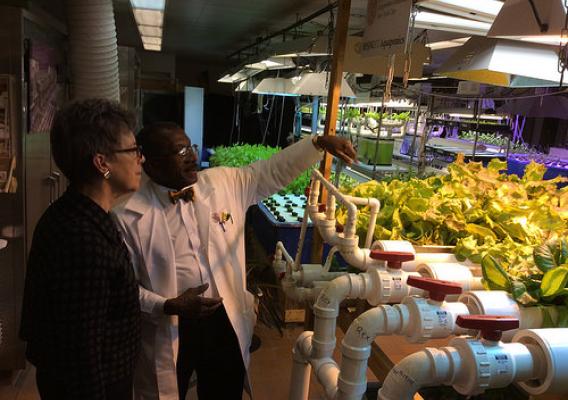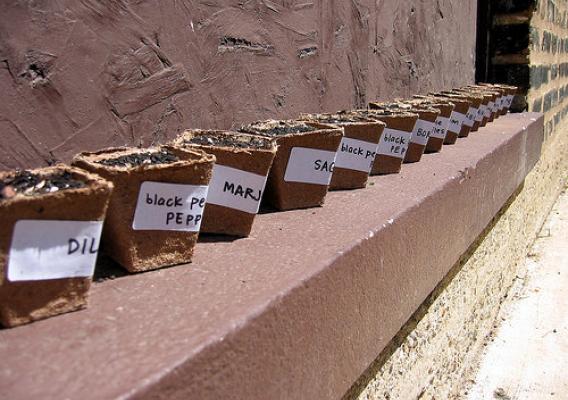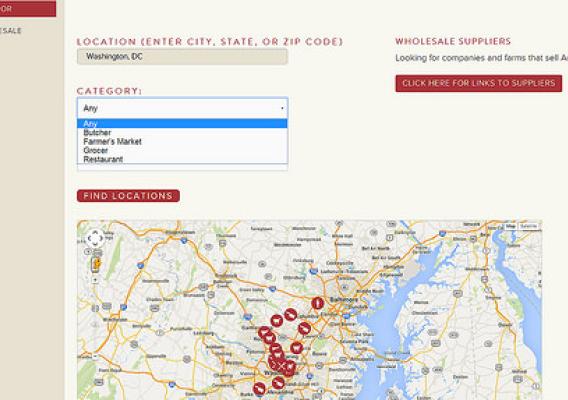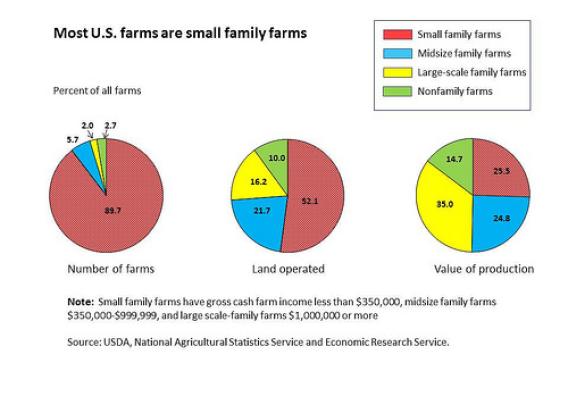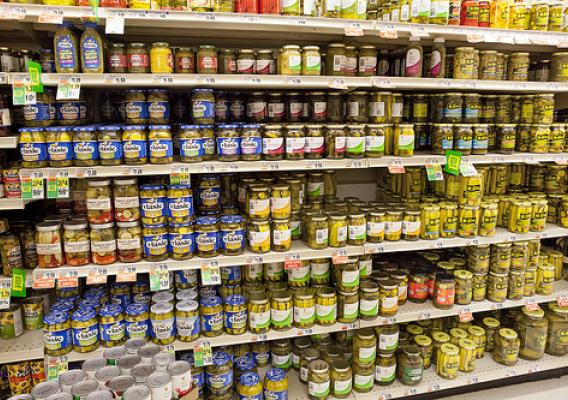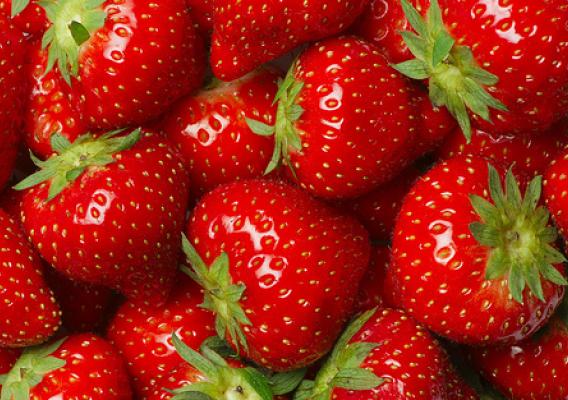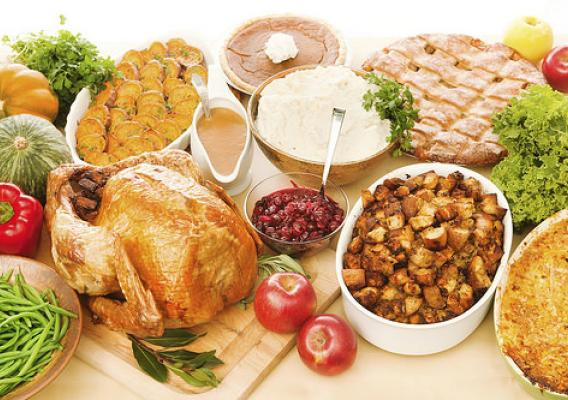This post is part of the Science Tuesday feature series on the USDA blog. Check back each week as we showcase stories and news from USDA’s rich science and research portfolio.
Schools of fish may be common things to see, but watching some fish school high school students from a basement in Manhattan’s West Side is a different experience altogether. Cathie Woteki, USDA’s Chief Scientist and Under Secretary for Research, Education and Economics, observed such a program recently during a visit to Food and Finance High School in New York.
There on West 50th Street, Cornell University operates laboratories that represent the latest in scientific technology to raise fresh, clean fish in addition to garden produce in a sustainable urban setting. Renowned Cornell scientist and educator Philson Warner developed a system for continuously re-circulating and reconditioning water to raise more than 10,000 tilapia and other fish at a time in the basement lab. The nutrient-rich water from the fish is then transferred to a hydroponic garden located a few floors up on campus. That garden produces nine types of lettuce, Chinese cabbage such as bok choi, and a variety of herbs that include sweet basil, oregano, thyme and parsley. The plants then clean the water, which is sent back to the fish.

